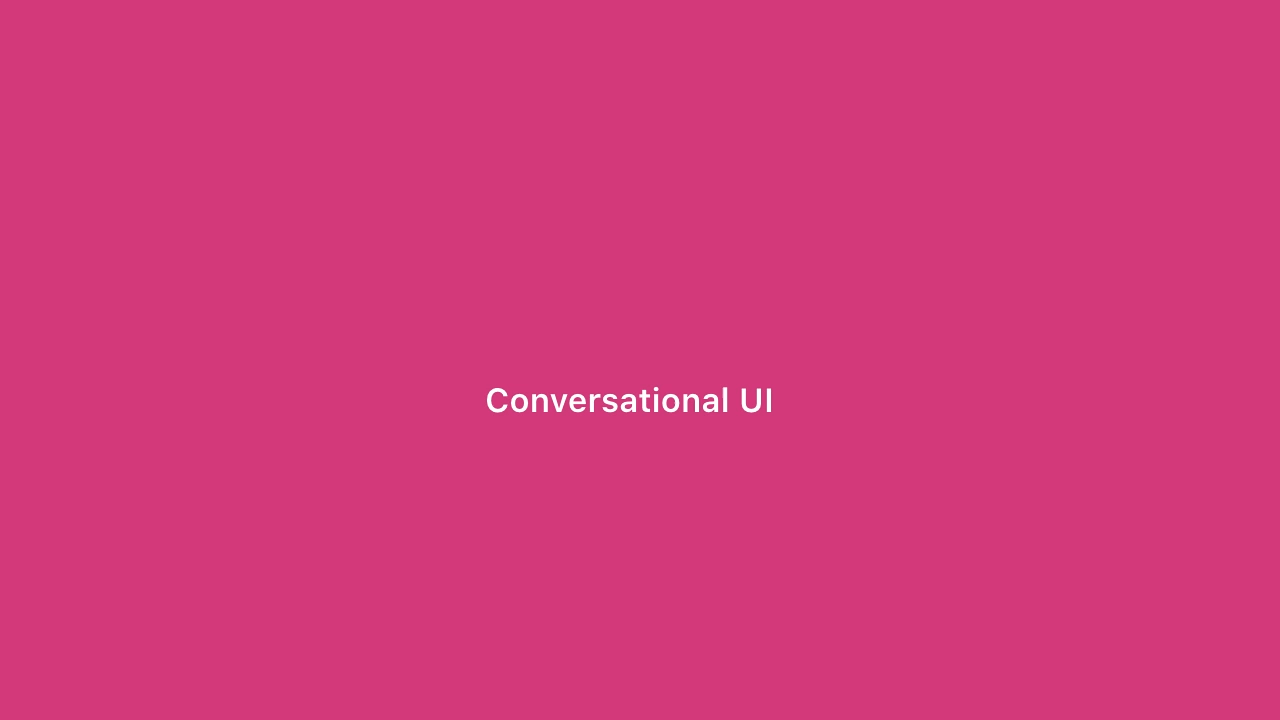The Challenge
I was tasked with designing the first StubHub chatbot experience from the ground up, one that would replicate a conversational discovery experience. Apart from designing the chatbot, I also created an holistic growth strategy that tied the core product to the chatbot, and chatbot add-ins. The aim was to build retention and grow engagement among our customers.
Purpose
Within the bigger product strategy, the purpose of the chatbot is to make finding events as easy as chatting with your friends. Doing so would give us the opportunity to be inserted into the chat platforms where people were actually making plans with their friends.
We partnered with Facebook Messenger, Skype and Cortana for the launch.
Approach
In a conversational experience, people expect to speak to a bot as though they are speaking to a person. Hence, it was important to establish expectations about what the StubHub chatbot is capable of doing.
Qualitative Insights
Learning from Chatlogs
Upon reviewing the chat logs, we learned that over 50% of the people using the bot were asking about the tickets they had already purchased.
Customer Service is an obvious way for people to use the bot, but since we already had a Customer Service managed messenger account we didn’t want to introduce it here as it would cause confusion.
So to address the current need of the customers, we iterated on the existing onboarding flow to redirect the customers to a solution.
Lean UX
After a quick brainstorming session with the team, we designed the next iteration of the onboarding flow that would address some of the questions people were asking the chatbot.
Test and Learn
In the next iteration of the onboarding flow, we introduced task-based quick-reply suggestions that would address some of the key use-cases in the customer journey.
Experience Strategy
I designed an end-to-end experience strategy map so that project stakeholders could envision opportunities to connect the chatbot to the existing StubHub web experience to build retention and grow engagement.
Due to the sensitive nature of the information, some of the content in the diagram below has been masked
Acquisition
As part of the growth strategy, I worked closely with the product team to design mini experiments that would drive traffic to the chatbot. In the first 6 months, there were over 50,000 sessions on the chatbot platform, all achieved through organic traffic.
Meaningful Use Cases
The first use case that we chose to test was one notifying the customers when tickets to an event were sold out. When a buyer came across a “0 tickets” scenario on stubhub.com, we designed a flow that would send them timely notification via the chatbot on Facebook as soon as more tickets became available
Innovation and Growth
Due to the applications' high retention, companies within the industry are investing in innovations in the chat experience. I worked closely with our partners at Skype and Facebook, who were experimenting with these concepts, to add value to the experiences of customers using these chat platforms.
One of the first projects we collaborated on was a web experience integrated within each chat application, which would allow people to easily share content within their groups. These are referred to as chat add-ins/extensions/skills.














